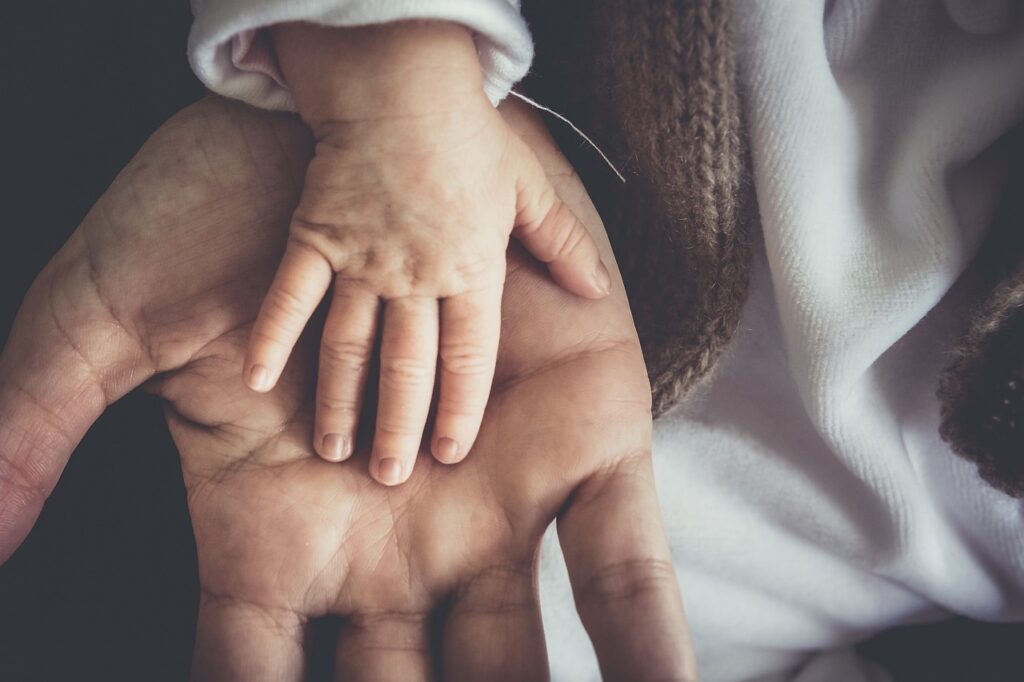For the past three censuses, young Hispanic children have experienced the highest undercount rate among all young children. Yet, the reasons behind this persistent undercount still need to be better understood. We are excited to share research that examines factors correlated with this undercount in the young Hispanic population.
This research, presented by Drs. Susana Quiros and William O’Hare at the 2024 Applied Demography Conference offer valuable insights. It suggests that the Bureau of the Census should explore innovative counting methods for crowded housing and rental properties. Additionally, the research emphasizes the need for clearer communication about including all children in the census, regardless of their relationship to the householder. State’s linguistic isolation was also associated with the undercount, which suggests that states need to develop culturally appropriate messaging that resonates with Spanish speakers and could inform about the purpose of the census and address these concerns.
Furthermore, the study identifies areas where targeted efforts by both Local Update of Census Addresses (LUCA) and advocacy groups can be most effective in the 2030 census.









